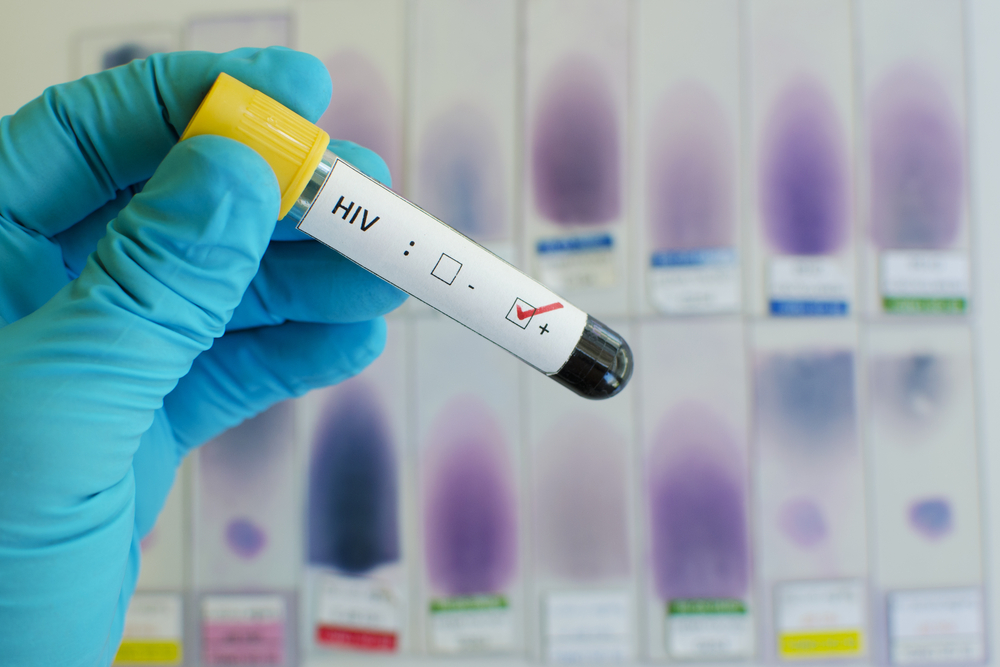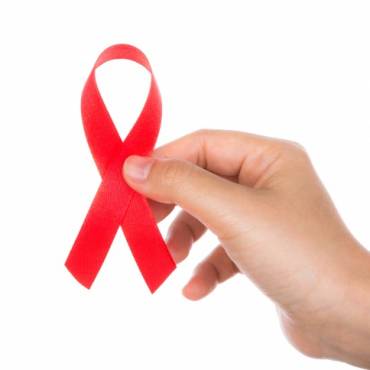HIV stands for human immunodeficiency virus. The virus can affect anyone, regardless of age, sex, and ethnic origin. In HIV positive people, HIV can be found in the blood, vaginal fluids, and breast milk.
Once infected, the HIV virus remains in the infected person’s body for the rest of life. There is no cure or vaccine available to prevent infected people. However, there are HIV treatment options that can improve the way of life of infected people and make them live longer and feel well.
HIV Symptoms
HIV positive individuals may not experience any symptoms. However, an infected person may often have flu-like symptoms for several weeks. Signs and symptoms of HIV include:
– Fatigue
– Rash
– Fever
– Sore throat
– Swollen lymph nodes
– Headache
– Chills
If an individual has been recently infected with the virus, you might not even realize that he or she is suffering from HIV. The person who caught HIV may not look sick or even feel sick. The symptoms of HIV infection are similar to other illnesses, such as flu or tonsillitis.
As the HIV transmission infection progresses, symptoms may be visible and get worse. In some cases, symptoms do not begin to appear for up to a long period of ten years. When symptoms do occur, they may include:
– Cough
– Unintended weight loss
– Diarrhea
– Fever
– Swollen lymph nodes
– Trouble breathing
– Memory loss
Note: This is not a complete list of HIV signs and symptoms; it could vary from patient to patient. If you notice or experience any usual or unusual signs of HIV, consult a doctor for a check-up.
Important information about HIV
The science of the virus is constantly evolving, and what many people knew just a few years ago is either incorrect or insufficient; they need to upgrade their information on HIV facts. Every year, we learn more about the virus, and clinical research keeps giving us new information on signs of HIV, early symptoms of HIV, symptoms of HIV in women, HIV symptoms in men, HIV tests, HIV treatment, and prevention measures of this life-threatening condition.
Keep reading to learn more about HIV facts. Here are five facts about the virus you should know:
-
- Difference between HIV and AIDS
AIDS and HIV are not the same; a majority of people use AIDS and HIV interchangeably. HIV is a human deficiency virus, which gives rise to an infection by directly targeting an infected person’s immune system and breaking it down, causing AIDS (acquired immunodeficiency syndrome).
AIDS symptoms
AIDS is a collection of symptoms and infections. An individual can have HIV but not AIDS. On the other hand, if a person has AIDS, he/she has HIV for sure. HIV weakens the immune system, while AIDS is characterized as the final stage of the immune system. Both are not the same thing. It is necessary to know the difference between HIV and AIDS.
-
- Some HIV positive cannot transmit the virus
This is a shocking statement for most of us; those who cannot be detected cannot spread the virus in any way. That is why it is important to see a healthcare specialist for faster HIV treatment right away. Though there is no HIV cure, one should still fight for it. People who have HIV can live a long life without transmitting the virus to his/her partner.
-
- HIV is not a death sentence
Decades before, people were dying from HIV/AIDS because of a lack of the right medicine to treat them. AIDS is a life-threatening disease, and people are still dying from it, but with the advancement in technology or antiretroviral treatment, HIV is now a chronic yet manageable condition. Now, people with HIV can take a pill regularly to suppress the dangerous virus from attacking the immune system.

-
- Black people are more likely to develop HIV
According to clinical studies, black people are more likely to get infected with the virus. Despite the progress being made in the treatment, black people do not have access to care because of hesitation and lack of resources.
-
- HIV can be transmitted in many different ways
There is a myth about HIV that only gay men get the virus, or only gay men can transmit it. This is not true; both males and females can get the virus and transmit it. The virus can be transmitted through vaginal fluids, breast milk, semen, or rectal fluids. Also, a majority of people get it by unprotected sex or sharing needles with an infected person. Unprotected sex is one of the most common HIV causes. The signs of HIV in women and men or the symptoms of AIDS in men and women are more likely similar. Do not hesitate to visit a doctor if you notice any signs of HIV.
Follow a regimen to suppress the dangerous virus from attacking the immune system.



